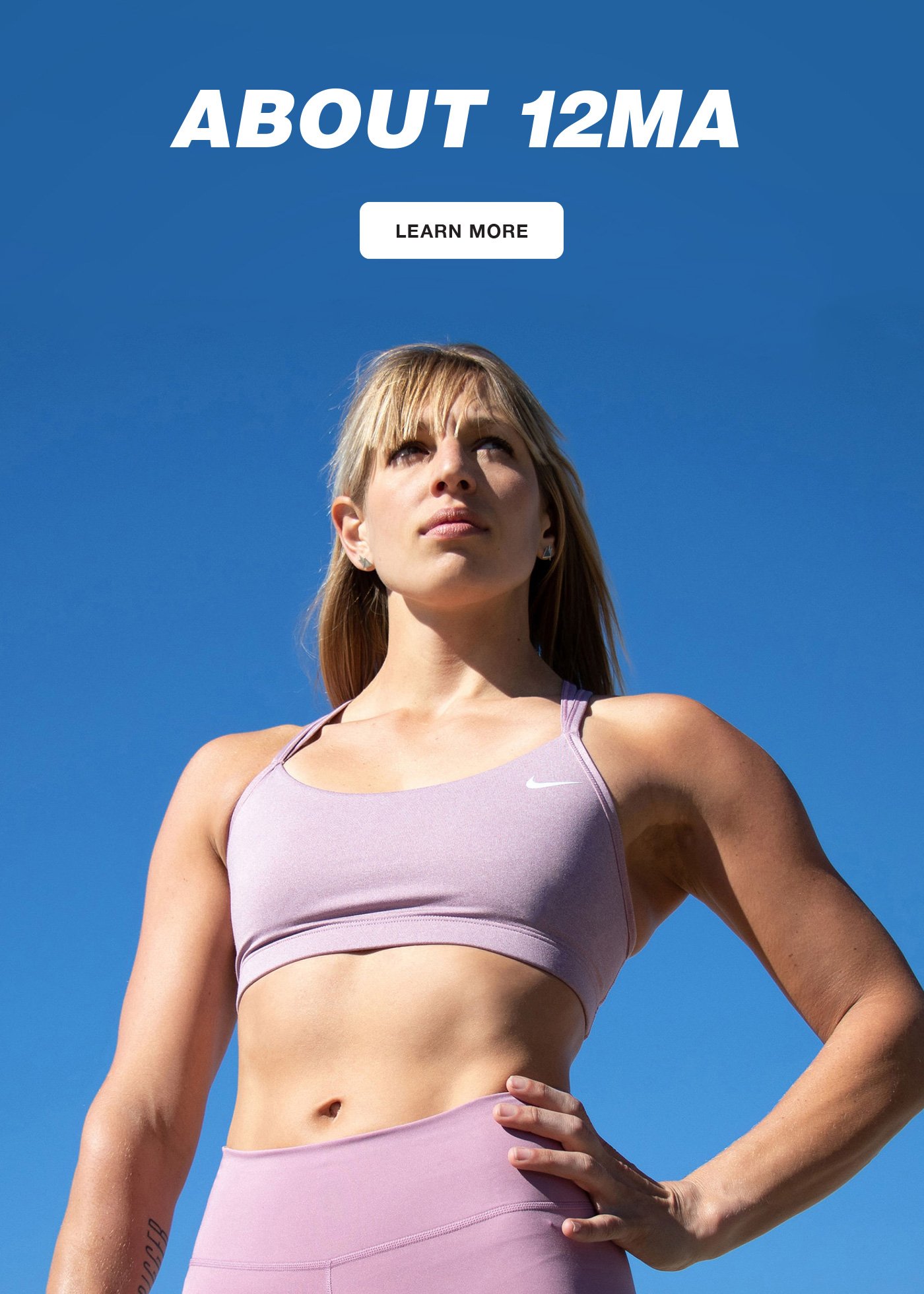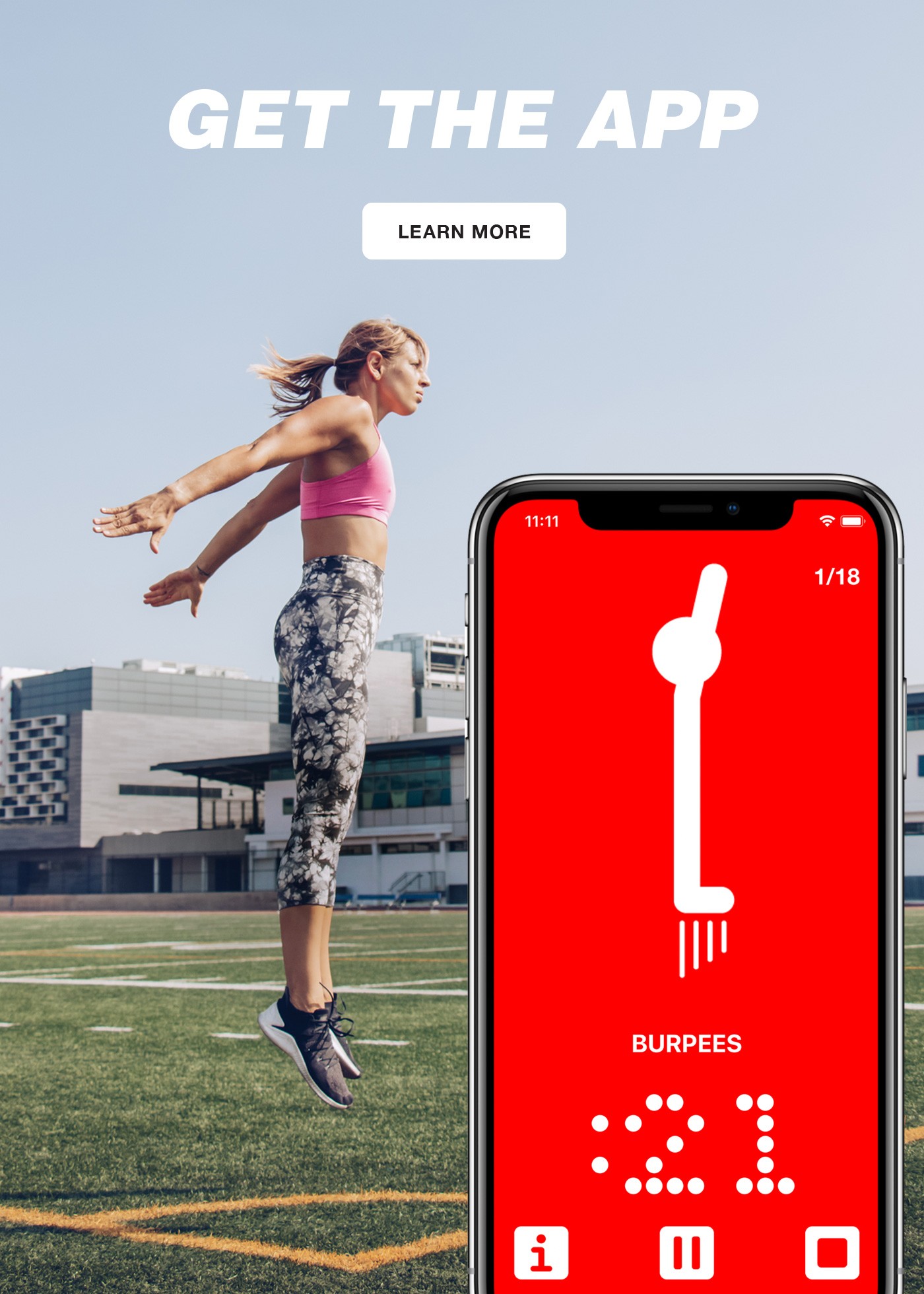
Since I built it last fall, a lot of people have been asking me about the plans for my backyard fitness structure. So I thought it’d be fun to give those of you interested in building your own one day (or hiring someone to do it for you) a rundown of how I actually got mine made.
Ever since I’ve been interested in bodyweight and calisthenics-style workouts, one of the things I wanted most in the entire world was my own backyard pull up bar.
Since for most of my adult life I’ve moved about every six months to a year (whether to a new country, city, or just a different apartment), my own pull up bar was only a distant dream. For a long time, all I had was a doorway pull up bar, which isn’t ideal—but is a lot better than nothing (and I dutifully carted it with me wherever I moved).
Yet as soon as I decided it might be a good idea to stay in one place for at least a little while, the pull up bar plan was back on my radar.
My husband and I were lucky enough to find a house in our new city with a tiny backyard (for the dog, of course), so as soon as we moved in I began plotting what my perfect backyard playground would look like.
 My pull up bar dream quickly went from being just a standalone bar to a parallel bar station as well. And while I was at it, I figured I might as well have a vertical pole put in as well so I can practice human flags (a feat of incredible strength that I have full intention of being able to do someday).
My pull up bar dream quickly went from being just a standalone bar to a parallel bar station as well. And while I was at it, I figured I might as well have a vertical pole put in as well so I can practice human flags (a feat of incredible strength that I have full intention of being able to do someday).
I didn’t have a lot of space to work with, so I knew I had to be incredibly efficient and maximize the space. I looked online for what seemed like forever for examples of plans, but most plans I saw took up a ton of space since the people building them didn’t have the same space considerations as I did, so it wasn’t as big of a deal if things were more spread out.
But then I stumbled upon these random plans.
These plans had everything I wanted—even the human flag pole. Plus, the parallel bars were actually attached to the pull up bar, making it the most efficient use of space I’d seen so far.
The First Steps
Since I wanted my mini fitness park to be even smaller and a more efficient use of space than the one in the plans, I had a little work to do.
So here’s what I did:
First, I measured out the space and decided which direction I wanted everything to face. My plan was to have it nestled in the corner of my tiny yard so it wouldn’t take up too much valuable space. I decided the bars should be at least 30” away from the wall for safety.
Second, I swapped the sides of the parallel bars and the human flag pole so the entire structure could nestle in the back right corner of my tiny yard.
Third, I decided to reduce the width of the pipes from 1 1/4 inch to 3/4 inch to make them slightly more versatile.
Next, I converted everything from metric units to imperial units, because, well, I live in the U.S. and it just seemed easier to be able to communicate to hardware stores that way.
Lastly, I changed the length of some of the equipment, adjusting the parallel bars down from seven feet to five feet and the pull up bars up from seven feet to approximately eight feet.
From Plans To Reality
After we had the plans pretty much figured out, the next step was to find someone to actually install it (since trying to build it myself would have undoubtedly resulted in a pull up bar that fell down after two days of use). If you’re handy with these kinds of things though it could be a fun project to do yourself.
Step 1: We dug holes for the posts that were about three feet deep, which proved extra challenging because of the rocky soil in the backyard.
Step 2: We drilled holes for the pipes in the wooden posts, then poured the concrete and put the wood posts in. This we left overnight to dry.
Step 3: Due to some crazy rain storms, we actually had to wait a few days to continue working on the structure and make sure it dried properly. Once it finally dried, we finished installing the pipes, making sure everything was even. Then we sanded the posts as necessary, and left it overnight to dry (that entire day was torture—I’ve never wanted to do a pull up so badly in my life).
Step 4: These days I happily do a lot of pull ups, dips, and yes, even some human flag practice (though I’m not very far along yet), which you’re probably already aware of if you follow me on Instagram.
Total cost of materials:
4 pipes at $40 each = $160
Redwood posts/cement/hardware: $200
Total cost of materials: $360



I’ve been very tempted to do this myself, mind if I ask a few questions?
Can i ask *How* the pull-up pole is attached to the posts?
-Did you drill a hole all the way through one post and half-way through another, slot the pole through and then somehow block up the open end after?
how do you ensure the pole is ‘secure’ and fixed in place? (hard to see in your pic and diagram doesn’t really show)
Thanks for sharing this. I’ve been wanting to build some outdoor fitness stations in my back yard but I’m not fit enough yet to really use this level of equipment. Are you familiar with any instructions to build equipment to use for dips, leaning push ups, a low bench for step ups, etc.? Any suggestions will be welcome. Thanks so much!
That’s so interesting!
Thanks 🙂
That’s awesome Krista. Might have to build one of those myself. I wanna be a flag too…I can dream and then I will make it happen.
Thanks for sharing.
Cool. I also would like to know how far you drilled into the posts for the bars and did you secure with a bolt through the opposite direction?